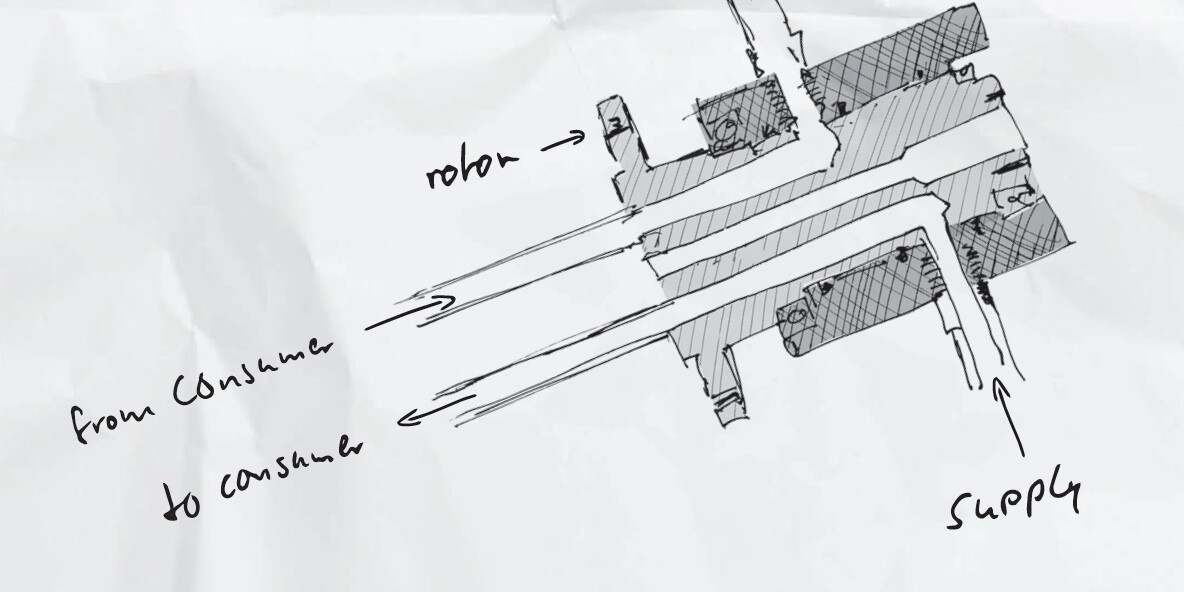How does a rotary union...
...actually work?

Deublin, the world’s leading provider of rotary unions and part of the HOERBIGER family since 2019, has revolutionized the functionality and performance of rotating systems with its products. Frank Reimold, member of Deublin’s global leadership team and managing director for Europe, the Middle East and Africa, explains what a rotary union is and how it works.
So what actually is a rotary union?
Frank Reimold — A rotary union is a technical component that plays an important role in many areas of our daily life, even if we often don’t even notice that it exists. Essentially, it’s a type of rotary seal used in machinery to transport liquids or gases from a stationary source to a rotating component without causing leaks.
A bit more detail, please!
FR — To better understand the concept, I always use the example of a water hose connected to a rotating drum. Without a rotary union, the hose would twist and could be damaged. With a rotary union, water can flow through the rotating component without twisting the hose.
And where exactly are rotary unions used?
FR — Rotary unions are used whenever hydraulic oil, compressed air, cooling water or any other fluid needs to be fed into a rotating body. Rotating axes or assemblies are the basis for a wide range of manufacturing processes, from machine tools and steelworks to bottle filling systems and chip production. Ultimately, rotary unions connect to everything in our daily lives. Whether it’s your daily newspaper, a plastic bottle, furniture veneer, a hip joint, a car wheel, a cellphone, a power plant or a flour mill – Deublin rotary unions (“Deublins” for short) are used in all manufacturing processes.
What makes a good rotary union?
FR — The quality of a rotary union lies in its leak-tightness, so that no liquids or gases can escape between the stationary and rotating parts. A leak would lead to a serious loss of performance or, in the worst case, to a machine failure and high follow-up costs. Lifespan and reliability are equally important, considering that some rotary unions are rated for speeds up to 100,000 revolutions per minute.
"The quality of a rotary union lies in its leak-tightness, lifespan and reliability."
Deublin